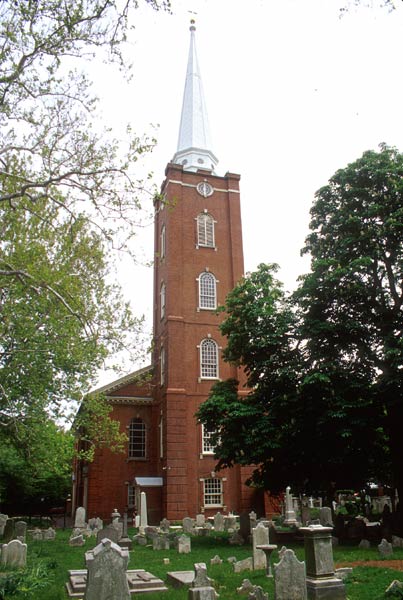A year ago I wrote Why I'm Not in Church for Lent. This year, I'll have another go at it.
I've been through a lot of changes in the seven months, much less a year. Family members in transition: my younger son finished a graduate degree at Yale; my spouse gently retired from active pastorates after 40 years. My own transitions: I retired in August, and moved to another state in December. I'm both figuratively and literally not in the same place I was a year ago.
While our lives change, sometimes rapidly, the church year placidly sails on,. Like a prism, each year presents a different angle, a different constellation of light and its refractions.
In 2022 I was coming to terms with the reality that I basically have been done with Anglo-Catholicism, as it's been called. It's not a bitter parting at all -- I've just moved on. Granted I was never part of the mainstream of that movement, however defined: I was always on the left fringe, and resonated most strongly with Anglo-Catholic socialists (whether Capital-S or lower case) such as F. D. Maurice, Conrad Noel, R. H. Tawney, or Vida Scudder. These are all generations ago, of course; the political and informally religious perspective of Pete Buttigieg is more current. I was very much influenced by folk at St. Luke in the Fields, New York City, three decades ago —and how that neighborhood of the West Village has changed since the 1990s! I was never part of the creakily conservative mainstream Anglo-Catholic or Ritualist movement typified by the Robert Duncan, a bishop who left the Episcopal Church to found his own sect in Pittsburgh over the issues of gay ordination and bishops.
In the pandemic, the Ritualist enterprise began to seem a bit more sketchy to me. I witnessed my own parish, Christ Church in New Haven, suddenly pulling back after insisting down the decades that the sacrament was essential to Sunday worship. In defense of Christ Church, its leadership was following the directions given by the Diocese of Connecticut, a discourse wholly captured by particularly zealous public-health experts at Yale, amongst other places. (Christ Church is immediately adjacent to Yale and is in many ways a university church.) Yale has lagged other Ivy League institutions when discontinuing pandemic restrictions, without much explanation. Why were restrictions more swiftly dismantled at Brown or Columbia? "Discourse capture" is a good expression of what has happened in Connecticut, wherever the leadership may have found it.
The unavoidable conclusion, however, was the contradiction: is the sacrament so essential? Or can that be set aside in times of pandemic? In addition, the whole vocabulary of 1928-style Rite I in the 1979 Prayer Book began to grate --so much angry-father-god language. In 2020 and 2021, in particular, given everything else happening in the world and in our daily lives, that traditionalist language felt more and more orthogonal --at right angles to the real issues at hand.

Now in Philadelphia, I have yet to find a church home, although a couple of communities seem promising. In particular, I feel addressed by the experience of worship at Old St. Peter's on Pine Street in Philadelphia's Society Hill. Worship there is certainly different (in a positive sense): the church retained its old pew-boxes, and the first portion of Sunday worship, the service of the Word, is from the west end, at the reading desk under a wine-glass pulpit. The Service of the Sacrament is led from the altar area at the east end, so the congregation literally turns around and sits on benches or pews facing the opposite direction to their orientation in the first part of the service. The building itself is both historic and evocative: built in 1761 and designed by Robert Smith, who also designed Princeton University's Nassau Hall, and is surrounded by the very old church yard (well, old for North America) --truly the ancestors are present, in a generalized sense.
Lent at St. Peter's is much lower-key than in my previous parish in New Haven, as is the ceremonial used in the church. Worship is based on relatively new supplementary prayers that use far more inclusive language, and far less father-talk. Major Lenten themes are present physically and symbolically: dust to dust (the church yard), the patterns of the ancestors, the physical structure that links present generations with the past, and the context of Philadelphia. Gun violence in certain sections of Philadelphia is endemic. Regardless of individual congregants' "sins lite," as I have heard it called, the social divisions and divisiveness of Philadelphia and the whole country cannot be avoided. Lent at St. Peter's is adults acknowledging to adults that we have all erred, as a society, and that a better way has been promised and lies open to us, whether present or proleptic.
I have made my peace with Lent in 2023. At least so far.
